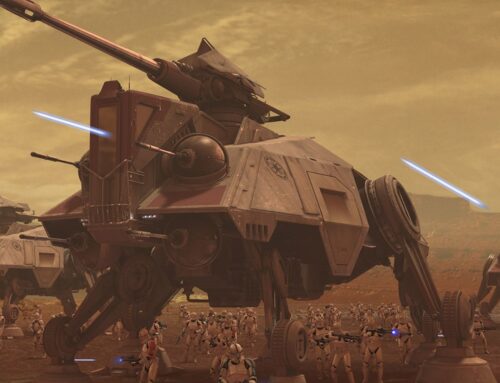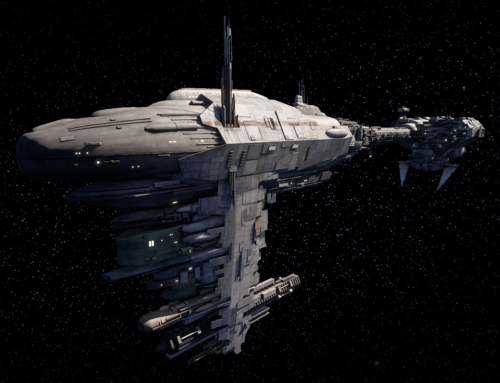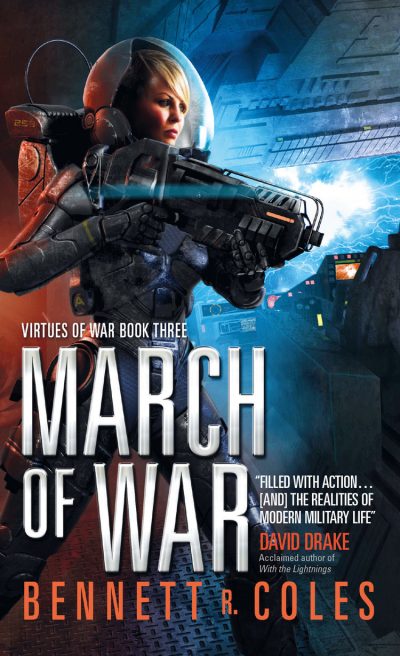29 of the Biggest, Baddest and Coolest Star Wars Ships
Star Wars is famous for many things, but one of the best things about it is the spaceships. Who can forget the opening shot of the first Star Wars movie, with the star destroyer rumbling overhead for, like, forever? And the X-Wing versus TIE fighter matchup is a recipe for some of the finest dogfights in movie history. Let’s take a look at some of the coolest, most iconic and most badass ships in Star Wars.
How far into the Star Wars universe are we looking?
But first, some boundaries. The Star Wars franchise is vast and stretches across multiple media, but today I’m going to limit our exploration to ships we’ve seen on film. I know, I know, many Star Wars fans love the novels of the Expanded Universe (or Legends, these days), as well as the comics and the video games. But to keep the scope manageable, I’m going to stick to the Star Wars movies and TV shows.
I’m also going to limit the discussion to spaceships, so fans of AT-AT’s and speeder bikes need to look elsewhere.
Does the Death Star count?
Also, when we’re talking about Star Wars ships, does that include the Death Star? It’s technically a space station, not a ship, but do I really want to be the one to incur the ire of the Galactic Empire by not mentioning its two biggest (albeit very vulnerable) achievements?
I just want to say, watching the Death Star in action in both Rogue One and, especially, Return of the Jedi really demonstrated how versatile and effective the battle station could have been. If only Grand Moff Tarkin hadn’t needed to show off by blowing up Alderaan, the Death Star might not have been so much a target and might have had a long and bloody career as a fleet lynchpin.
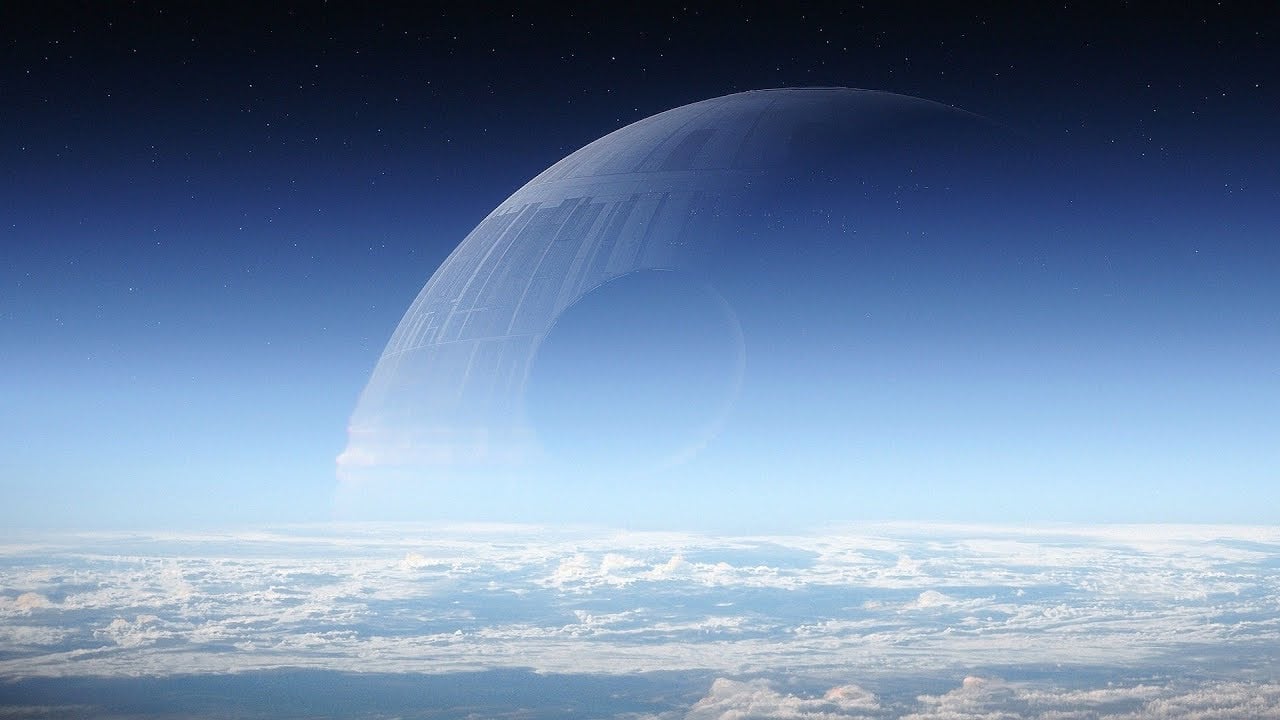
A New Hope
One of the most iconic shots in cinema history has to be the opening scene of the original Star Wars, when the camera panned down to the limb of Tatooine, the Rebel blockade runner raced past under fire… and then the Imperial star destroyer loomed overhead. It was so vast, and so threatening, that without a single word spoken the movie illustrated how dangerous the Empire was. The image stunned audiences and set the stage for the greatest film adventure of all time.
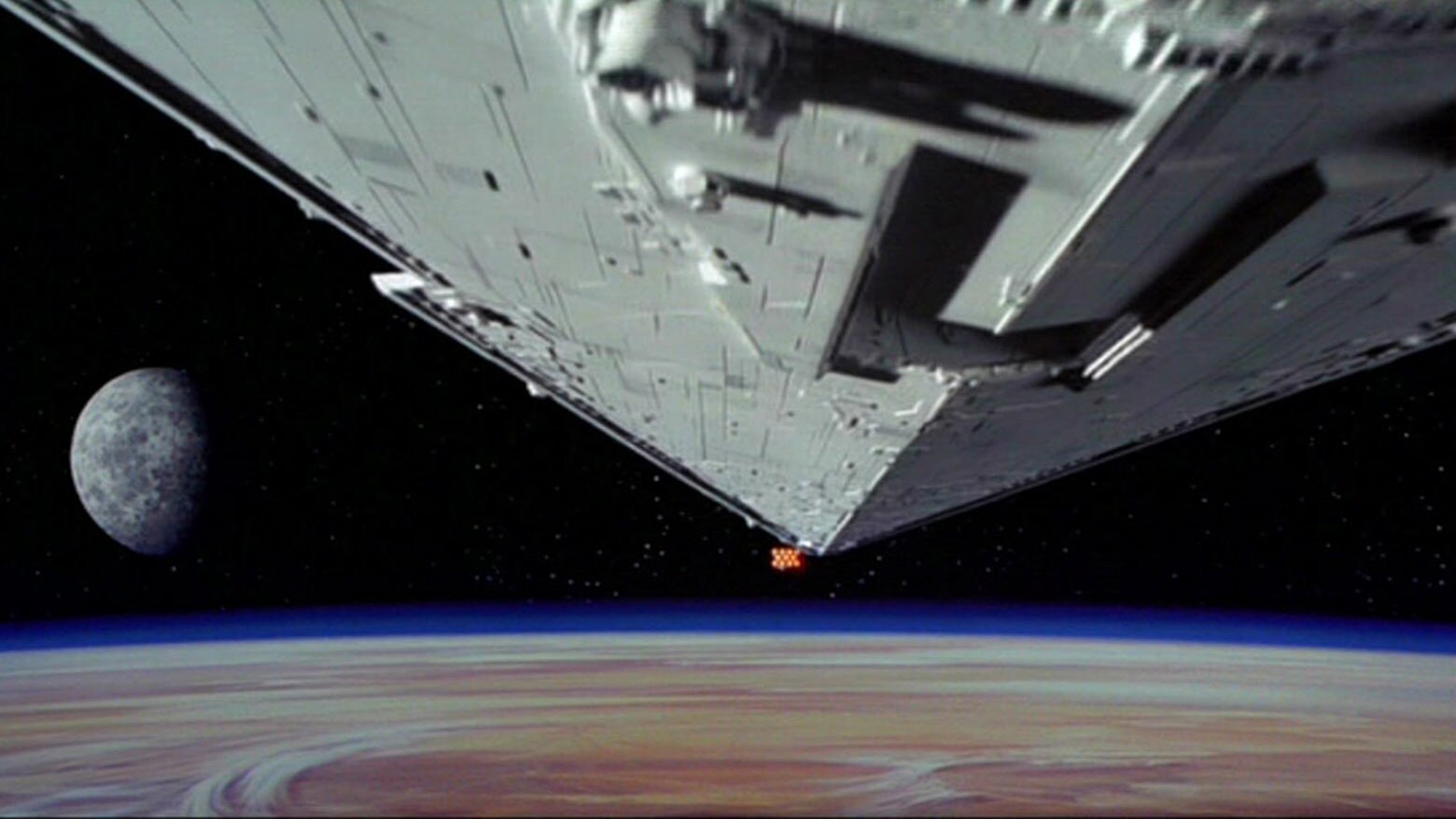
Source
But it wasn’t just the Empire that had awesome ships, and while star destroyers were mighty, the Millennium Falcon was the ship that captured the hearts of fans. Described initially as a “piece of junk” by Luke Skywalker himself, it quickly proved its worth by being faster and more maneuverable than any of the lumbering capital ships, while mounting a pair of quad laser cannons to deal with pesky TIE fighters.

Rebel and Imperial fighters
Speaking of which, the TIE fighter screamed into our imaginations with its unique profile, unforgettable raawwwrrr of its engines and twin laser cannons capable of tearing apart the ships of the Rebel Alliance. The custom version flown by Darth Vader was even more dangerous, and had the Imperial Navy mass-produced his prototype, the Galactic Civil War might have been over much sooner.
Of course, any good enemy fighter needs a heroic match-up, and the X-Wing emerged as the top dogfighter on the original Star Wars trilogy. Nimble and fast, it had the shields to take a hit and four laser cannons to deal out serious damage. And, at the hands of Luke Skywalker, it was the vessel to take down the Death Star.
But let’s not forget the venerable Y-Wing, a relic of the Clone Wars once flown in great numbers by the Galactic Republic and stolen by Rebel forces to fight for freedom once again. Although not as maneuverable as the X-Wing, Y-Wings were heavily armed with ion cannons, missile launchers and rotating laser turrets.
The Empire Strikes Back
The Star Wars story continued in the phenomenal film The Empire Strikes Back, where audiences got to see the true might of the Empire. TIE fighters and star destroyers abounded, but nothing could compare to the monstrous super star destroyer that served as the command ship for Darth Vader.
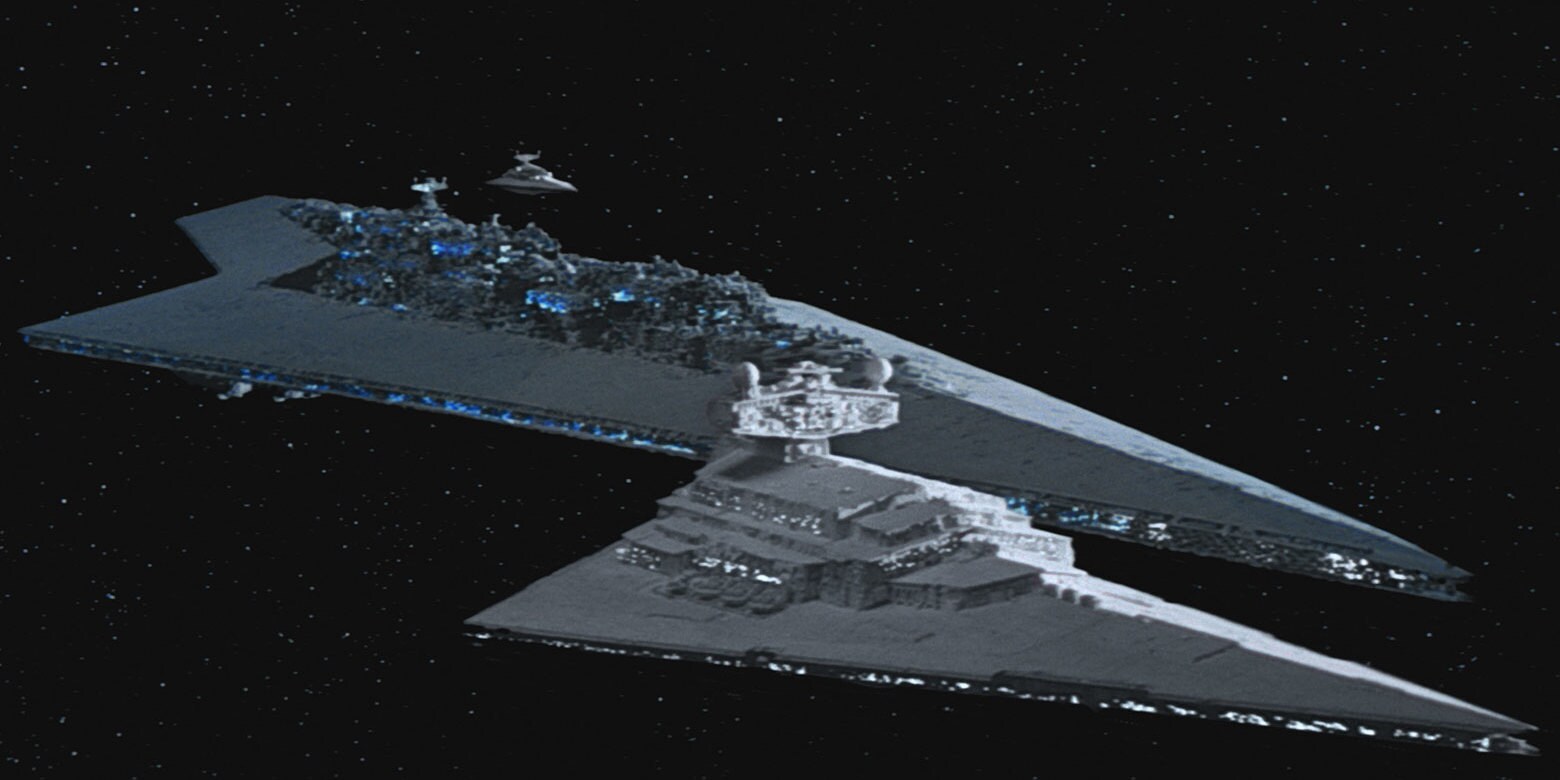
Source
The Rebel Alliance was able to field some bigger ships, too, but in this Star Wars episode all we got a good look at was the Nebulon-B frigate. A versatile and potent craft, it’s perhaps the most underestimated warship in the Original Trilogy. Heavily armored and carrying a wide array of weapons from turbo lasers to concussion missile launchers, the Nebulon-B escort frigate was a mainstay of the Rebel fleet.
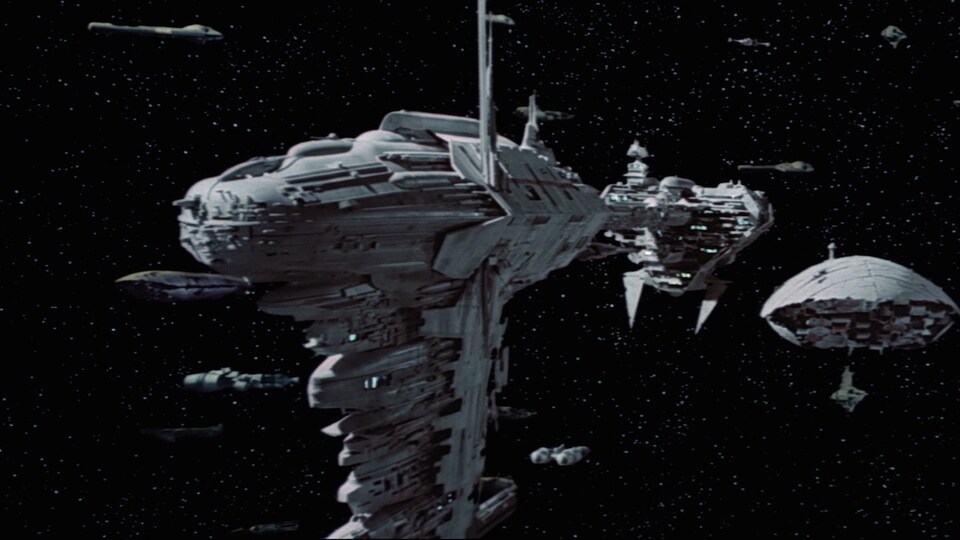
Source
Return of the Jedi
The highly anticipated third and final instalment of the original film saga opened with an awesome scene that once again demonstrated the might of the Empire. As in A New Hope, the camera panned down to a planet (or moon, in this case) and an Imperial star destroyer loomed overhead.
But the action shifted immediately to a smaller craft departing the star destroyer and heading for the new, under-construction, Death Star. The Lambda-class imperial shuttle held us riveted to the screen, a humble craft at the center of the drama. Another Lambda was stolen by the Rebels and used by Han Solo and his team to infiltrate the forest moon and shut down the shield generator. Maybe not the coolest ship ever, but critical to the fate of the galaxy.
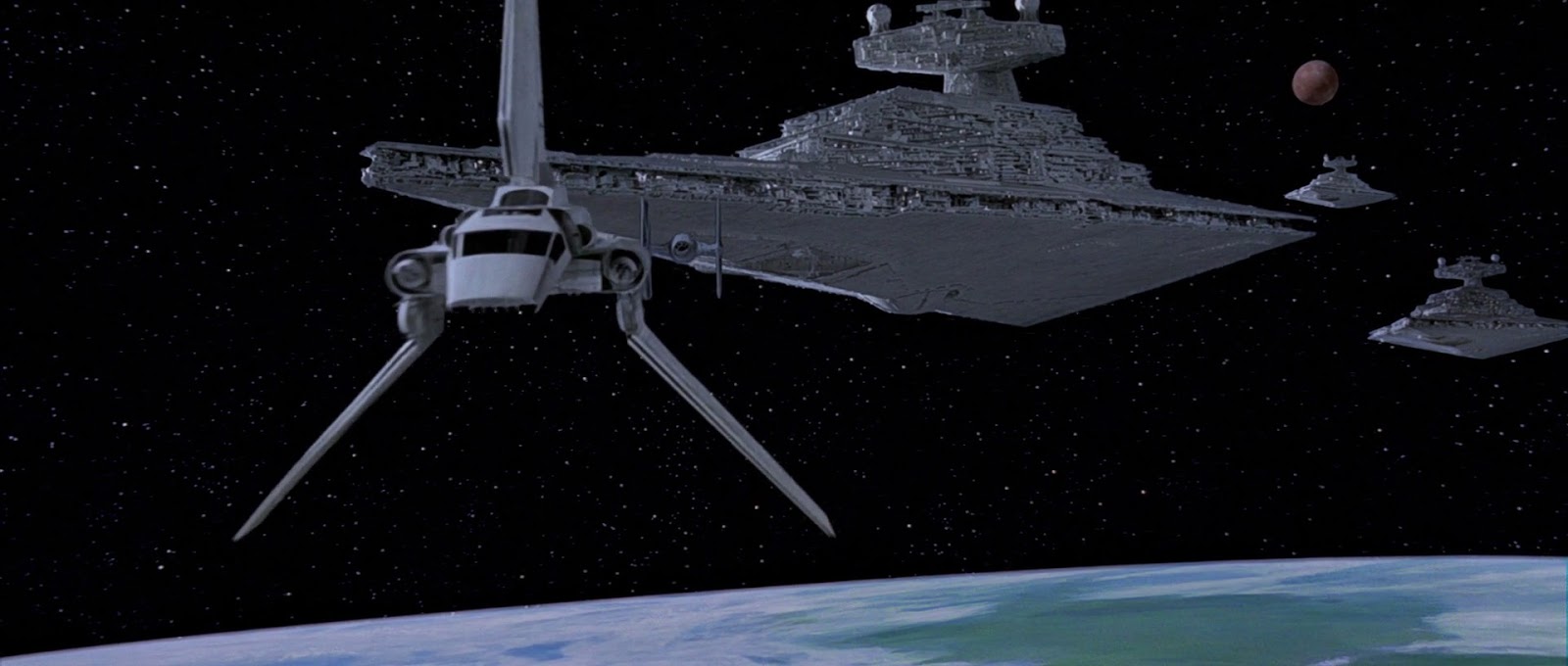
Source
New fighters of the Empire and the Rebel Alliance
The final showdown between Rebels and Imperials in orbit also treated us to several new ships, including the lightning-quick TIE interceptor, the elegant B-Wing and the small, fast A-Wing. The A-Wing has often been considered the poor cousin of the X-Wing, but let’s not forget that it was an A-Wing that maneuvered through the massed defenses of a super star destroyer to destroy the bridge and take the leviathan down.
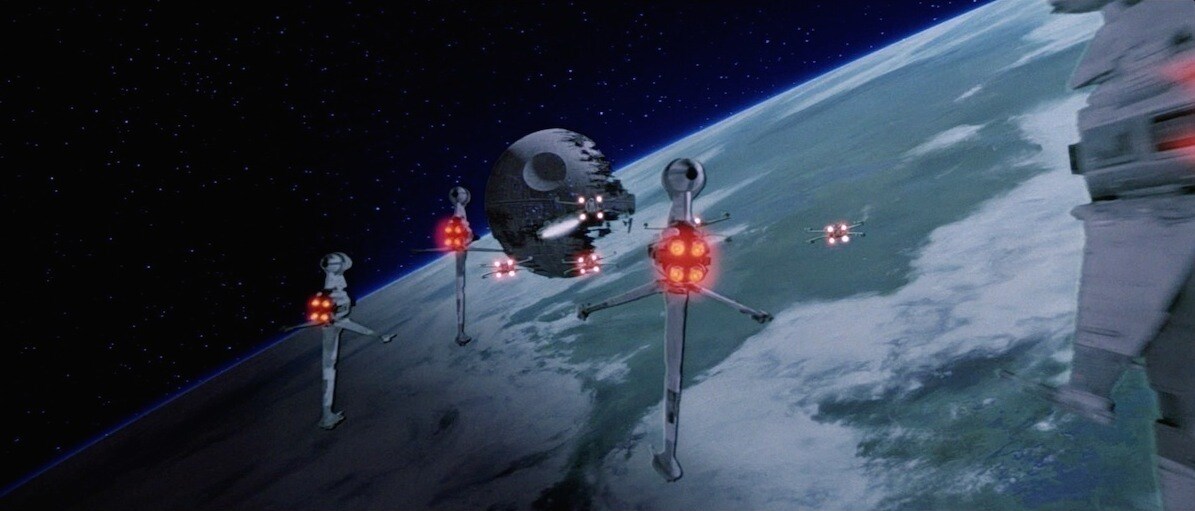
Source
The Phantom Menace
The Prequel Trilogy took us back in time within the Star Wars universe, beginning with Star Wars Episode I: The Phantom Menace. Our first look at this “older” time in Galactic history was the Trade Federation battleship, a curious design with a central ball surrounded by an armored ring. Although clearly designed for deep space, glimpses of this vessel in Attack of the Clones revealed that the central ball, at least, was capable of landing on planets.
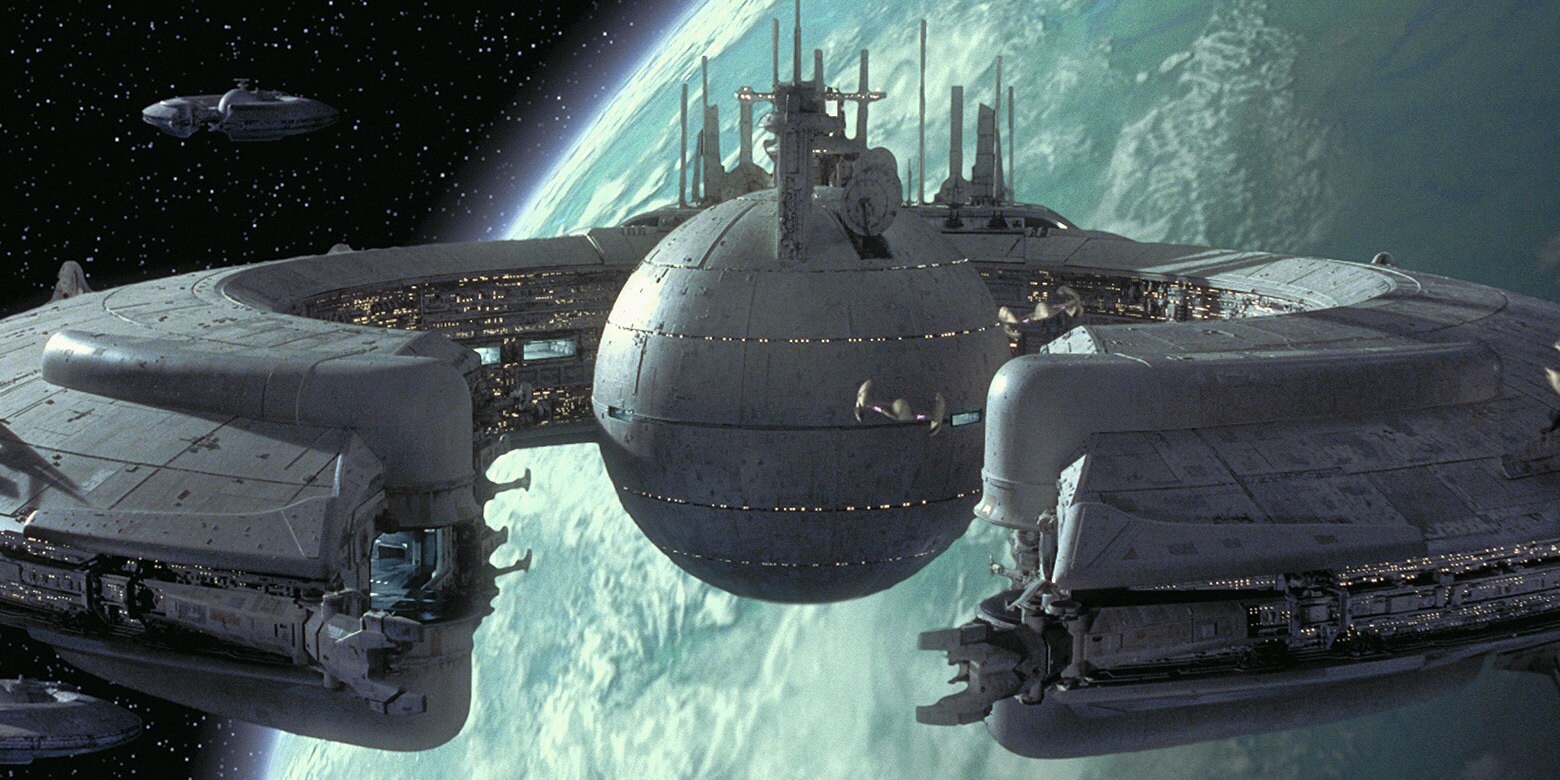
Source
The sleek styling of Naboo ship design
But the finest vessels of the Prequel Trilogy were surely those of Naboo design. Sleek and styling, they were obviously built by a society that prized aesthetic value over mere functionality. And as Queen Amidala’s royal cruiser proved during the breakout of Naboo, these ships were built well and could take a hit.
The bright yellow paint jobs of Naboo’s single-pilot starfighters might make you think they were merely stunt planes or ceremonial escorts, but their performance in the Liberation of Naboo, led by none other than a young Anakin Skywalker, proved that they were as dangerous as they were styling.
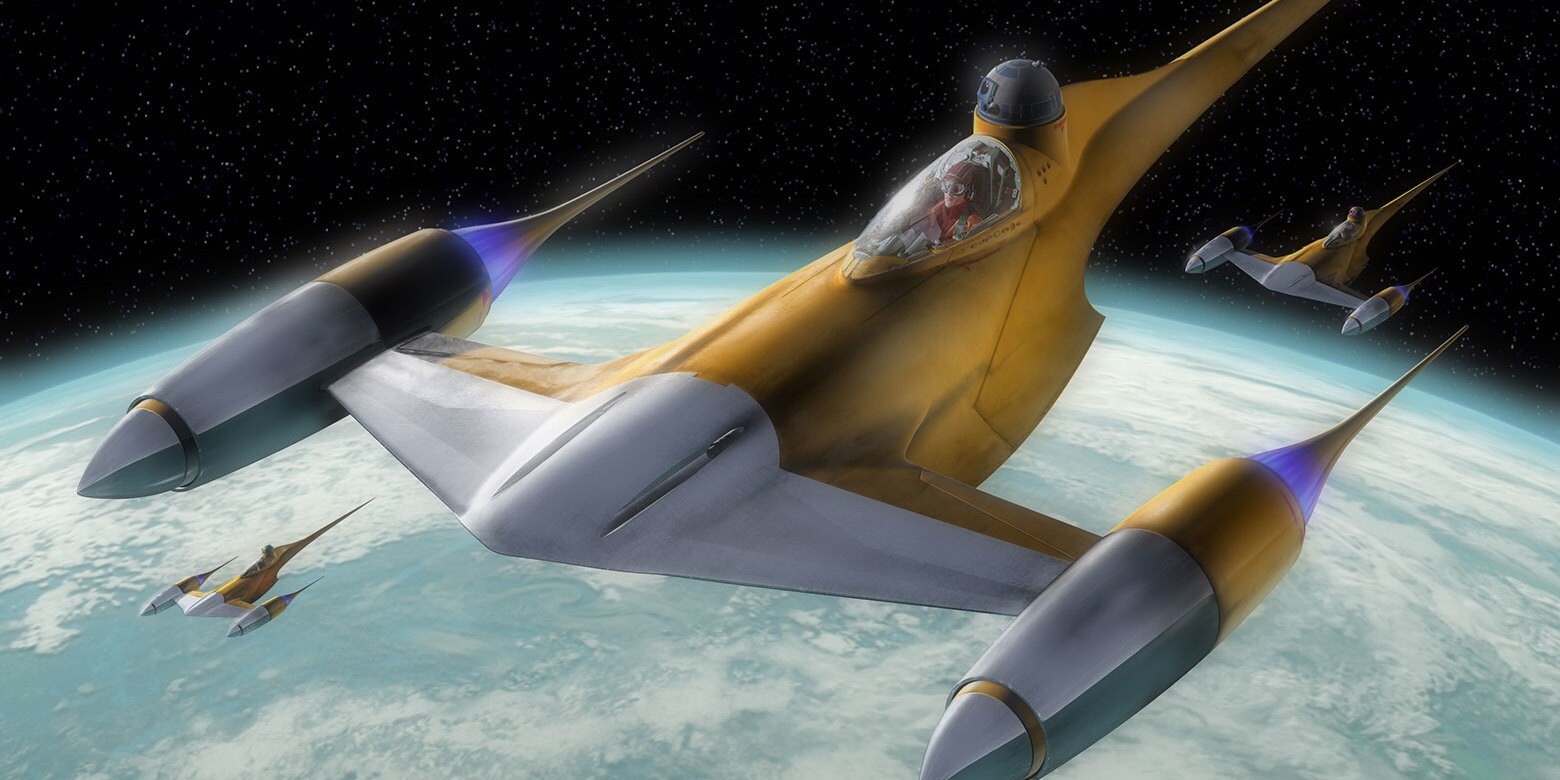
Source
Attack of the Clones
There’s very little to commend Star Wars Episode II, but it did give us some pretty cool spaceships. One of the most interesting is the Jedi starfighter flown by Obi-Wan Kenobi. It has the agility and small size of a Rebel A-Wing but the same, wedge-shaped profile as an Imperial star destroyer – almost a foreshadow of both sides of the later conflict which Obi-Wan would give his life for.
The movie’s opening sequence gives us another gorgeous ship in the Naboo royal starship – too bad the sleek craft was destroyed in the first few minutes of the film. Maybe that was another foreshadow?

Revenge of the Sith
There are a few memorable moments from the third Prequel movie, but that opening scene, with dozens of Republic and Separatist battleships dueling in low orbit as thousands of fighters swarm the skies, was certainly one of the best.
The Jedi starfighter returned as the central figure of the scene, as Anakin and Obi-Wan fought through vulture droids and buzz droids to crash land in the Separatist flagship. Not since the Star Forge of ancient times had the galaxy seen so many spaceships brought together in battle.

Later in the film, the drama moved to the personal conflict of Anakin, Padme and Obi-Wan, but before we finally saw the lava-filled Jedi-Sith duel we’d been waiting nearly three decades to see, we were treated to one more gorgeous Naboo starship – the J-type star skiff carrying Padme to her destiny, with C-3PO in tow.
Rogue One
Set in the (literal) days leading up to the Original Trilogy, Rogue One gave us many familiar ships, but treated us to a couple of new ones. The U-Wing was a clunky beast that carried our heroes on their first mission, but at the Battle of Scarif the design proved its mettle as a ground attack craft that was able to deliver troops to the beach even while its crew members maintained suppressing fire on Imperial forces. Its support to ground forces made it unique in the Star Wars menagerie of ships.
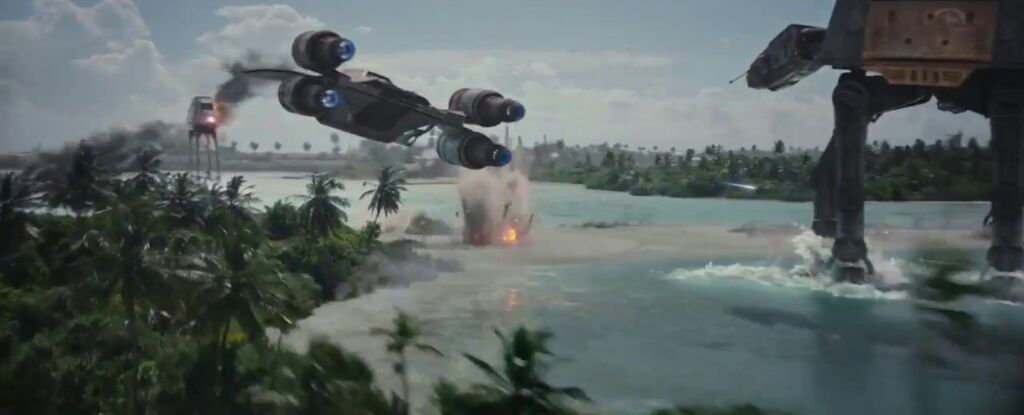
Source
But if we’ve learned anything about Star Wars, it’s all about balance. And to balance the impressive abilities of the U-Wing we were introduced to the TIE striker, a fearsome-looking member of the TIE fighter family that wreaked havoc over the skies of Scarif. It’s probably a good thing that Rogue One was made years after Return of the Jedi, meaning no TIE strikers were there to pummel the Rebels at Endor.

Solo: A Star Wars Story
The main contribution the backstory for Han Solo made to the Star Wars ship collection wasn’t a new vessel, but a new look at an old favorite. Here we saw the Millennium Falcon in all her glory, pristine and new with an escape pod and enough closet space for capes galore.
The Force Awakens
The opening sequence of The Force Awakens showed us three new things in the world of Star Wars ships. First, there was the Resurgent-class star destroyer, a First Order battleship twice the size of the old Imperial star destroyers.
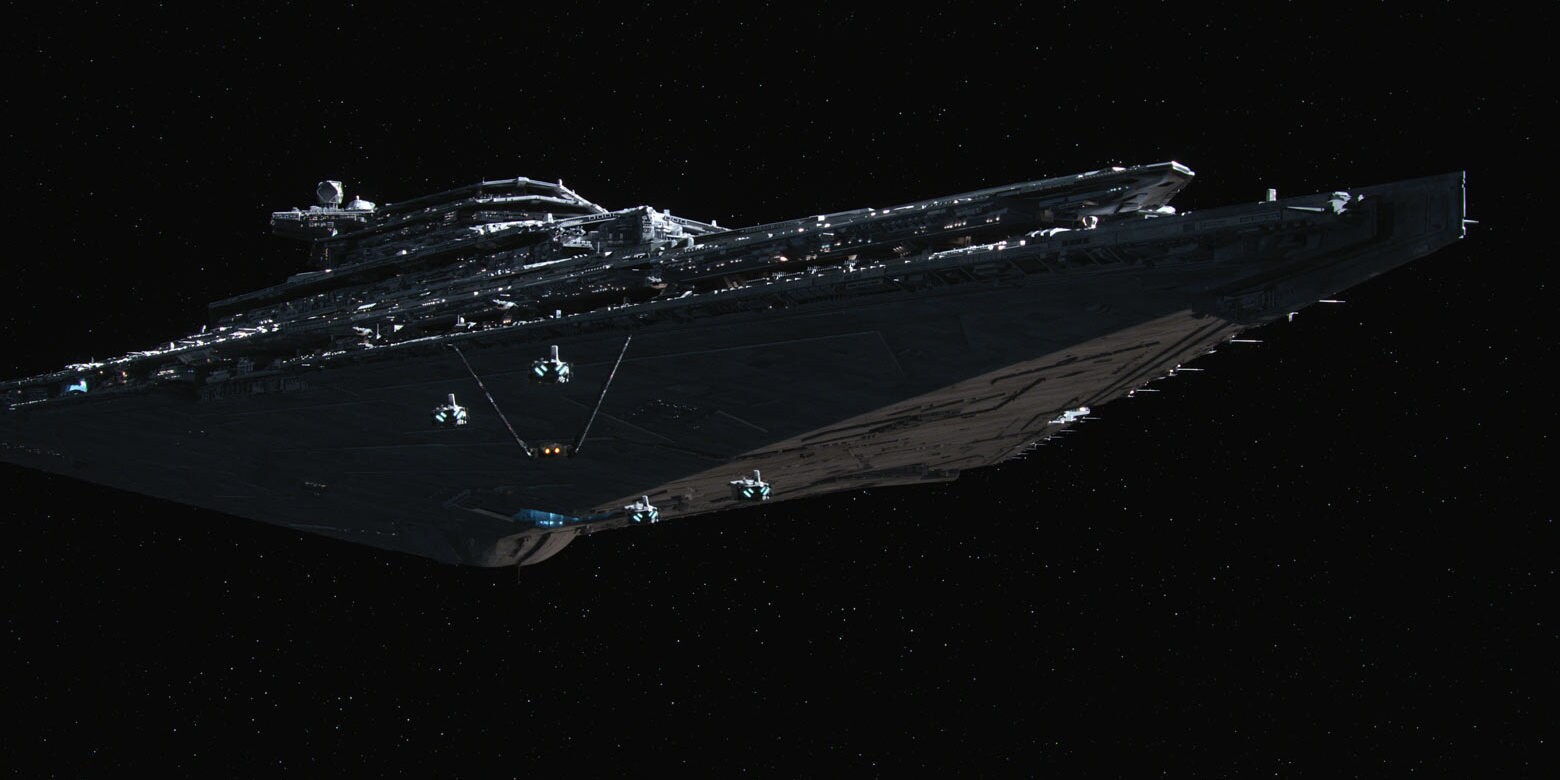
Source
Then there was the First Order landing craft, a boxy ship very reminiscent of the D-Day boats that brought Allied troops ashore at Normandy. Although mostly part of the scenery, these landing craft were an interesting development in Star Wars lore because this was the first time we’d seen on film how stormtroopers attack a planet en masse. No doubt similar craft existed in the days of the Empire, but this is the first time we ever saw them.
And finally, there was the Upsilon-class command shuttle, Kylo Ren’s personal chariot to bring him to a battle zone. It’s kind of like a Lambda-class shuttle that hit the gym and discovered Goth, a throwback to a familiar design concept even while being completely new. It’s subtle, but a nice throwback to the Original Trilogy in the opening moments of the Sequel Trilogy.
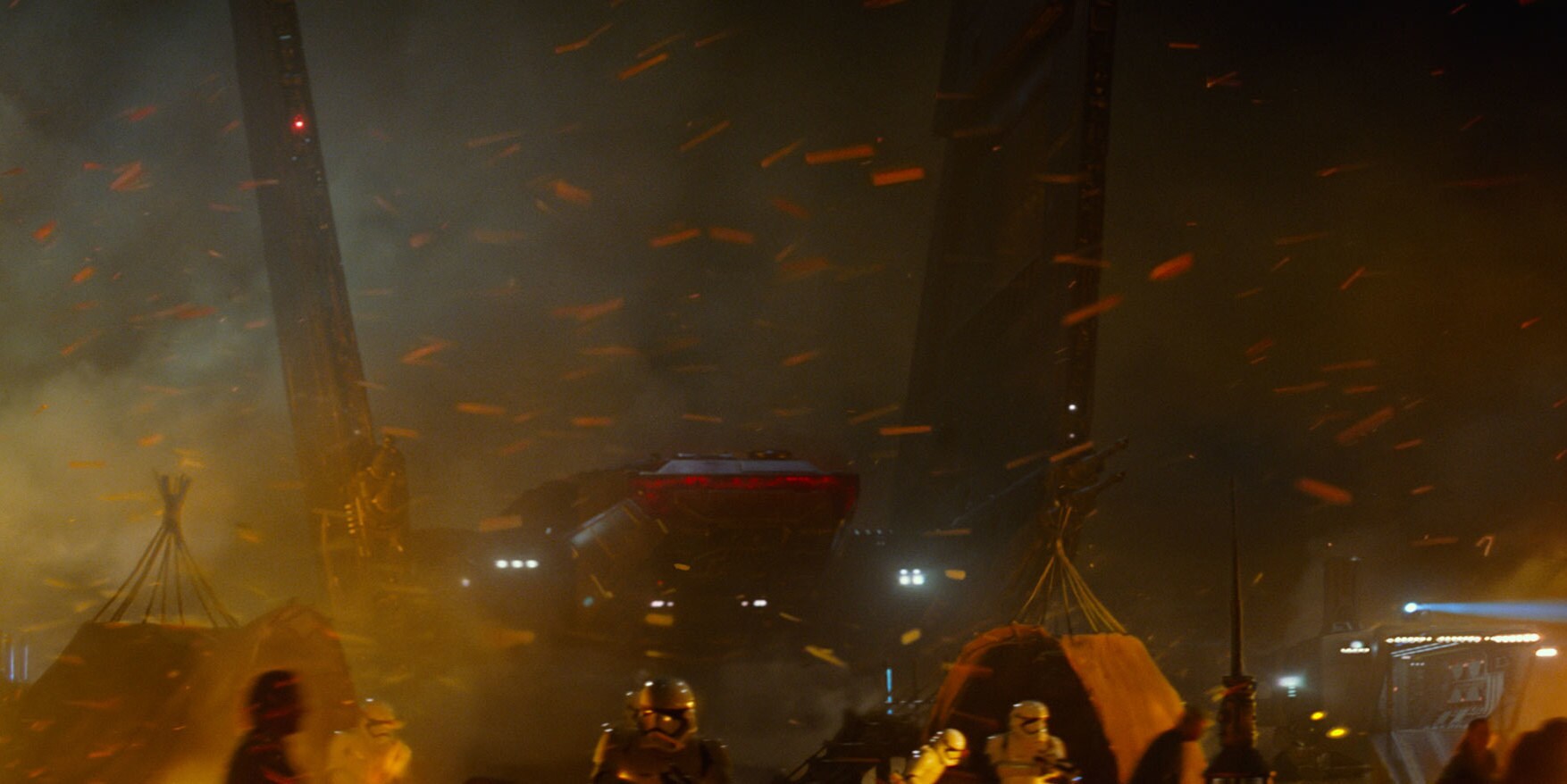
Source
The Last Jedi
We saw a lot of familiar forms in this movie, but one thing was made very clear: size matters. The First Order star destroyers are huge, but the dreadnought is even huger. Because I guess a trio of powerfully armed space battleships just aren’t enough when you want to wipe out the Resistance base. The bad guys in Star Wars still haven’t figured out how to avoid Achilles heels in their designs, though…
But even if the dreadnought was huger, we eventually realized that we didn’t know the meaning of huge… until we saw Snoke’s ship, the aptly named Mega-class star dreadnought. Sixty friggin’ kilometers across, this behemoth carried an entire army’s worth of ground troops and thousands of TIE fighters. Maybe a single X-Wing might have somehow taken it down, but a Resistance cruiser going to hyperspace through it certainly did the trick.

Source
The Rise of Skywalker
There’s nothing good about this movie. At all. Nothing new or original. And no cool new ships.
The Star Wars TV shows
Star Wars is often at its best on the small screen, where longer seasons and multiple, short episodes allow for deep and nuanced character arcs to play out. But they’re also quite good at giving us cool Star Wars spaceships.
Star Wars: The Clone Wars
Set between Attack of the Clones and Revenge of the Sith, this seven-season masterpiece brought that critical period of Galactic history to life, made clones cool, and saved the entire Prequel Trilogy from the dumpster of history.
It started modestly, with Anakin and Ahsoka choosing a clanky old merchant ship as their ride of choice. The Twilight was a Corellian G9 Rigger-class light freighter and utterly unremarkable – kind of like fighting the war from your grandpa’s 1976 station wagon with “town and country” wood paneling – but it allowed the Jedi duo to sneak into many places where a Jedi starfighter would have been immediately identified and chased away.
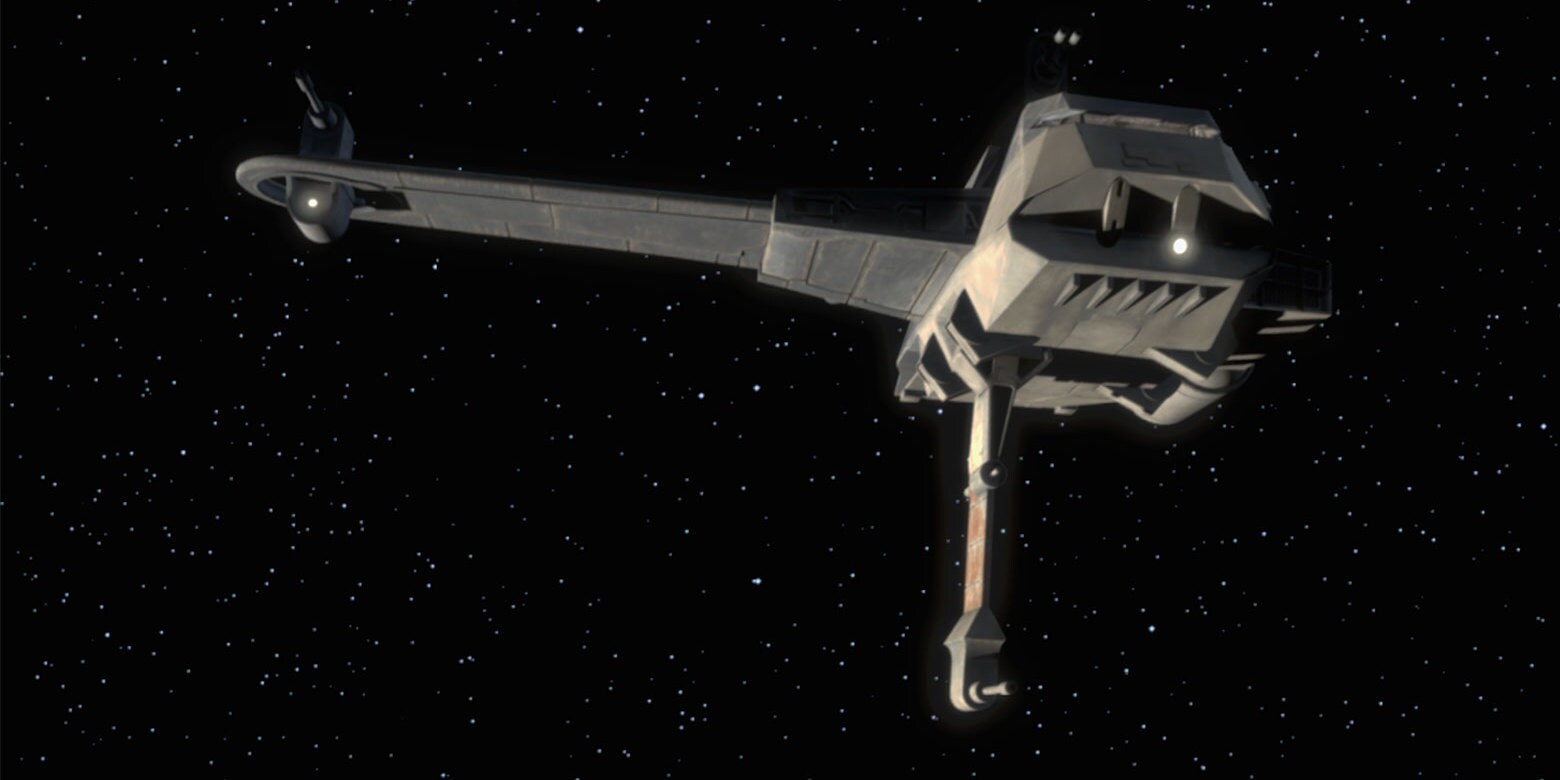
Source
As the series went on, the Republic attack cruiser became a familiar site as more and more of these powerful, reliable ships were built to counter the seemingly limitless resources of the Separatist Navy. Nicknamed “Jedi cruisers” for their frequent role as home base for Jedi missions, these workhorses of the Republic fleet fought and won many a battle. They weren’t indestructible, but they often took tremendous pounding and delivered even worse.
Republic attack cruisers evolved over the war, growing larger and more capable. They were the forerunners of the Imperial star destroyers and the design philosophy is clear right from the beginning.
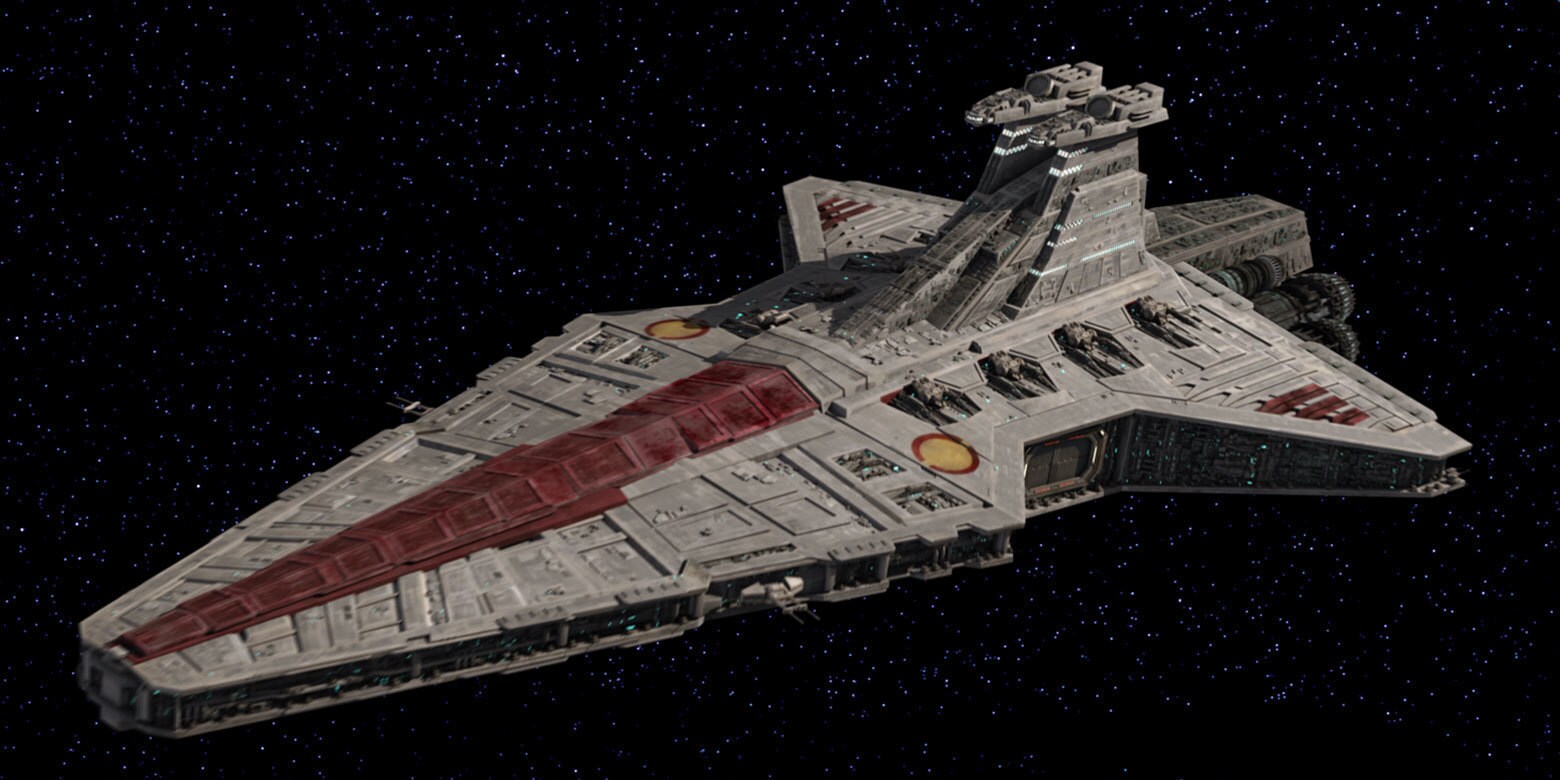
Source
Star Wars: Rebels
Star Wars: Rebels is in many ways the bridge between the Prequel Trilogy / Clone Wars and Star Wars Episode IV. It shows us how A-Wings were the first fighter used by the Alliance, and how the initial squadron of Y-Wings were stolen from an Imperial junkyard. It reveals to us the origins of the B-Wing, with its incredible cross-wings and awesome firepower. Not fully appreciated in Return of the Jedi, a single B-Wing packed enough punch to break the blockade of Ibaar.
But most of all, Rebels gave us the Ghost – the personal vessel of Hera Syndulla that could travel past Imperial sensors like its name suggested, or stand and fight with all the agility and power of a star fighter. With cargo capacity, multiple weapons and a sophisticated electronic countermeasures suite, the Ghost was, to paraphrase the words of a later generation, the spark that lit the fire that brought the Empire down.

Source
It almost wasn’t so, however. In the days of Rebels the Empire was pursuing several projects with which to dominate the galaxy. The one that was ultimately supported was the Death Star, but the preferred project of the brilliant Grand Admiral Thrawn was the TIE defender – a superior class of TIE fighter that carried more weapons, was more maneuverable and – crucially – was protected by better shields than any other Imperial fighter. If the TIE defender had gone into mass production, the days of the Rebellion would have been few.
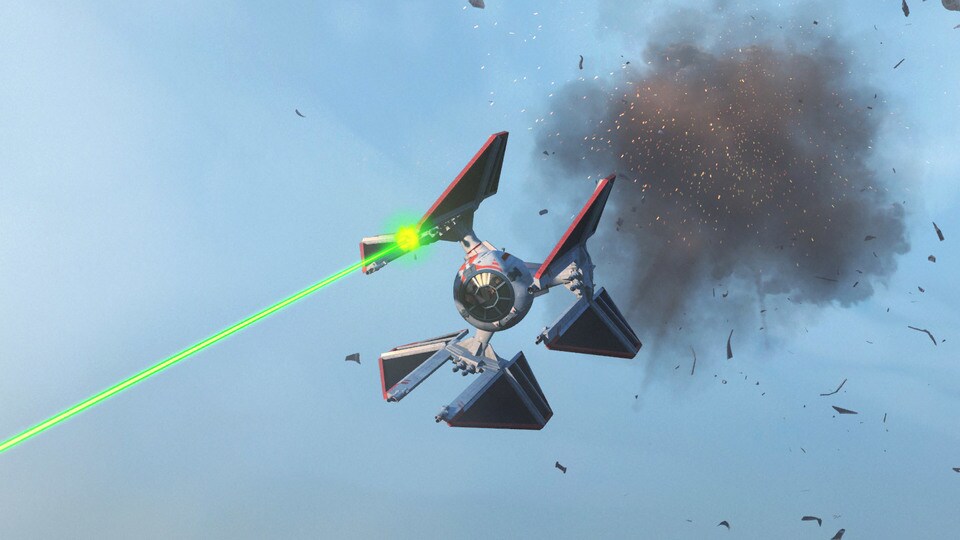
Source
The Mandalorian
The most recent addition to the Star Wars franchise is The Mandalorian, where the namesake star of the show flies around in the Razor Crest, an old ST-70 assault ship. Through nearly two seasons we see this old bird survive dogfights, Jawa scavengers, giant freakin’ spiders (and hundreds of tiny ones – ewwwwww) and one very misjudged landing on a floating platform. And then, in a single moment, it gets vaporized by an orbital bombardment. I mean, wow. That’s harsh.
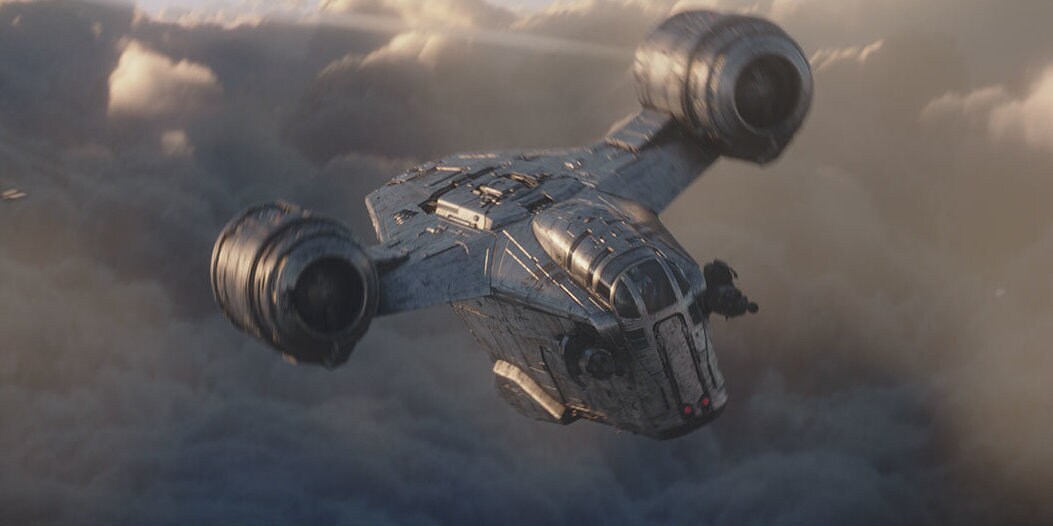
Source
But in The Mandalorian Season 2.5 (I mean, the last three episodes of The Book of Boba Fett) Mando gets himself a sweet new ride, and it is actually pretty cool. It’s an old Naboo starfighter that he and a friend drag into the chop shop and rebuilt with a mix of stock and custom parts. It’s like a 1950’s hot-rod with a little bubble canopy for Baby Yoda. Nice.

This article only scratches the surface of the awesomeness of Star Wars spaceships, and whatever your taste in spaceships, there will be a Star Wars craft for you. Have fun discovering!
Bennett R. Coles is an award-winning, best-selling author and ghostwriter of science fiction and space fantasy series. His newest novel, Light in the Abyss, is now available here.

